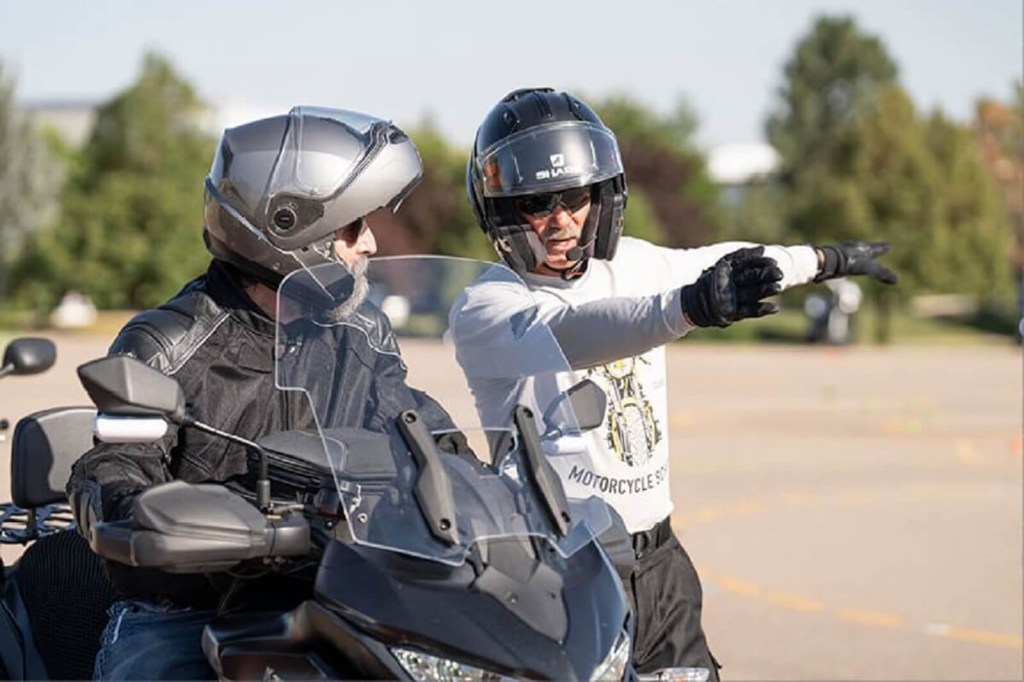
Want To Get Your Motorcycle License in 2024? Start Here
Every year, Americans set off on journeys of self-improvement and growth. However, instead of vying for cliche goals, why not have a go at something fun, rewarding, and social? That’s right; 2024 could be your year to get a motorcycle license. However, before you try to go get your new license, consider a few things like taking BRC.
Consider a Basic RiderCourse (BRC) before self-teaching

The Motorcycle Safety Foundation (MSF) hosts Basic RiderCourses (BRC) around the country. Considering most new riders can take BRC, pass, and get a waiver for a state-issued motorcycle license, it’s the best way to get started on two wheels.
Coursework is typically completed over a weekend and covers everything from inspecting your bike to performing emergency maneuvers. I recommend BRC to every prospective rider I meet.
Thousands of proctoring sites nationwide can take a student from “this is a motorcycle” to a license waiver that will add an M endorsement to a state-issued license. Therein lies the most significant appeal of BRC: certified instruction with a clear path to licensing.
Moreover, you don’t have to own a motorcycle to take BRC and get licensed. Instead of attempting to learn fundamental skills on an 800-lb Harley-Davidson touring model, you can learn on a small-displacement standard bike, try out loaner safety gear, and get important tips from official MSF instructors.
Beyond professional education, knowing your state laws is a must
Should you choose to learn from a friend or self-teach, you must know what you’re up against. First, familiarize yourself with the licensing processes of your state. For instance, the State of California requires everyone to pass knowledge and skills tests to qualify for an M1 or M2 license. However, adults over 21 don’t require a six-month permit period.
What’s more, in some states, a C-Class license is sufficient to ride a two-wheeled motorized vehicle with a sidecar, a trike, or a scooter. Moreover, some engine sizes and speed limitations reduce the type of license you need for a two-wheeled motorized vehicle. Decide what kind of vehicle you want to ride before committing to the licensing process.
Once you decide to get your license, it’s important to download your state’s equivalent of a motorcycle handbook or manual. A handbook is typically available on your state’s Department of Motor Vehicles (DMV) website. That literature will include information you’ll need to pass the knowledge and skills tests.
However, successfully completing the licensing process doesn’t a good motorcyclist make. Instead, continuous practice, proactive riding, and dependable safety gear are a must.
Source: Motorcycle Safety Foundation, DMV.CA.Gov



